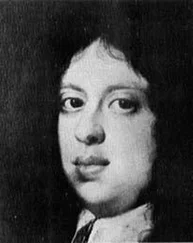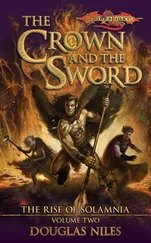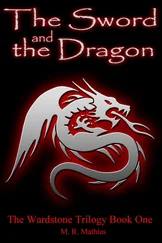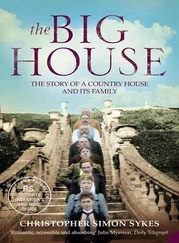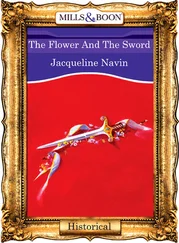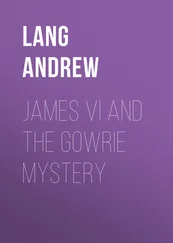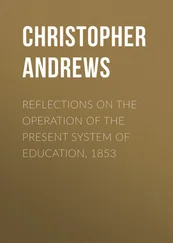THE TRANSLITERATION OF RUSSIAN NAMES
We have followed a simplified version of the method used by the U.S. Board on Geographic Names and BBC Monitering Service. Simplifications include the substitution of “y” for “iy” in surnames (Trotsky rather than Trotskiy) and of “i” for “iy” in first names (Yuri rather than Yuriy). The “y” between the letters “i” and/or “e” is omitted (for example, Andreev and Dmitrievich—not Andreyev and Dmitriyevich), as is the apostrophe used to signify a soft sign.
In cases where a mildly deviant English version of a well-known Russian name has become firmly established, we have retained that version, for example: Beria, Evdokia (Petrova), Izvestia, Joseph (Stalin), Khrushchev, Nureyev and the names of Tsars.
I have written this book in consultation with Vasili Mitrokhin, based on the extensive top secret material (described in Chapter 1) which he has smuggled out from the KGB foreign intelligence archive. For the past quarter of a century, Mitrokhin has passionately wanted this material, which for twelve years he risked his life to assemble, to see the light of day. He wished to reveal “how thin the thread of peace actually was during the Cold War.” From that passion this book has been born. I have felt it my duty to ensure that this material, which offers detailed and often unique insights into the workings of the Soviet State and the history of the Soviet Union, achieves the level of public awareness and recognition that it deserves.
Like all archives, those of the KGB require interpretation in the light of previous research and related documents. The end notes and bibliography provide full details of the additional sources used to place Mitrokhin’s revelations in historical context. These sources also provide overwhelming corroborative evidence for his genuineness as a source.
Codenames (also known as “worknames” in the case of KGB officers) appear in the text in capitals. Many KGB codenames were used more than once. In such cases, the text and index make clear which individual is referred to. It is also important to note that, although certain individuals were targeted by the KGB, and may have been given codenames, this does not mean that the persons named were conscious or witting agents or sources—or even that they were aware that they were being targeted for recruitment or political influence operations. Similarly, the fact that an individual may have endorsed a position that was favorable to the Soviet Union does not necessarily mean that this person was working as an agent, or agent of influence, for the KGB. The KGB frequently gave prominent policymakers codenames in order to protect the identity of their targets, and to order recruited KGB agents to target such individuals.
For legal reasons, some of the Soviet agents identified in KGB files can be referred to in this book only by their codenames. In a limited number of cases, chiefly because of the risk of prejudicing a possible prosecution, no reference can be made to them at all. These omissions do not, so far as I am aware, significantly affect the main conclusions of any chapter.
Christopher Andrew
INTRODUCTION TO THE PAPERBACK EDITION
On October 17, 1995, I was invited to the post-modern London headquarters of the Secret Intelligence Service (better known as SIS or MI6) at Vauxhall Cross on the banks of the Thames to be briefed on one of the most remarkable intelligence coups of the late twentieth century. SIS told me how in 1992 it had exfiltrated from Russia a retired senior KGB archivist, Vasili Mitrokhin, his family and six large cases of top-secret material from the KGB’s foreign intelligence archive. Mitrokhin’s staggering feat in noting KGB files almost every working day for a period of twelve years and smuggling his notes out of its foreign intelligence headquarters at enormous personal risk is probably unique in intelligence history. When I first saw Mitrokhin’s archive a few weeks after the briefing, both its scope and secrecy took my breath away. It contained important new material on KGB operations around the world. The only European countries absent from the archive were the pocket states of Andorra, Monaco and Liechtenstein. (There was, however, some interesting material on San Marino.) It was clear that Mitrokhin had had access to even the most highly classified KGB files — among them those which gave the real identities and “legends” of the Soviet “illegals” living under deep cover abroad disguised as foreign nationals. [1] 1 By the time I gained access to the archive, the greater part had been translated and carefully checked by SIS officers working in close collaboration with Mitrokhin. The Security Service and US intelligence officers also assisted in the translation. The translated archive was made available to me in an SIS office both in hard copy and on a computer database with sophisticated indexing and search software. While I was writing the book, Mitrokhin worked three days a week with an SIS officer completing the translation and checking process.
Soon after my first examination of the archive, I met Vasili Mitrokhin over tea in a conference room at SIS headquarters and discussed collaborating with him in a history based on his material. Mitrokhin said little about himself. Indeed it later required some persuasion to convince him that it was worth including his own story at the beginning of our book. But Mitrokhin was passionate about his archive and anxious that as much of it as possible be used to expose the record of the KGB.
Early in 1996 Mitrokhin and his family paid their first visit to Cambridge University, where I am Professor of Modern and Contemporary History. I met them outside the Porters’ Lodge at Corpus Christi College, of which I’m a Fellow, and we had lunch together in a private room overlooking the medieval Old Court (the oldest complete court in Cambridge). After lunch we went to the College Hall to look at what is believed to be the only surviving portrait of the College’s first spy and greatest writer — the Elizabethan dramatist Christopher Marlowe, who had been killed in a pub brawl in 1593 at the age of only twenty-nine, probably while working for the secret service of Queen Elizabeth I. Then we walked along the Backs through King’s and Clare colleges to visit Trinity and Trinity Hall, the colleges of the KGB’s best-known British recruits, the “Magnificent Five,” some of whose files Mitrokhin had noted. [2] 2 On the Magnificent Five, see below, Chapter 4.
Mitrokhin had long ago mastered the art of being inconspicuous. The friends and colleagues whom we met as we walked round Cambridge did not give him a second glance.
In March 1996 the then Foreign Secretary, Malcolm Rifkind, gave approval in principle (later confirmed by his successor, Robin Cook) for me to write a book based on Mitrokhin’s extraordinary archive. [3] 3 Intelligence and Security Committee, The Mitrokhin Inquiry Report , Cm 4764, June 13, 2000, pp. 44-5, 47. The authorization doubtless had something to do with the fact that I had earlier written a KGB history and edited two volumes of KGB documents (listed in the Bibliography) with Oleg Gordievsky, a former KGB colonel who for eleven years had been one of the most important SIS agents of the Cold War.
For the next three and a half years, because the archive was still classified, I was able to discuss none of it with colleagues in Corpus Christi College and the Cambridge History Faculty-or even to reveal the nature of the book that I was writing. In Britain at least, the secret of the Mitrokhin archive was remarkably well kept. Until The Mitrokhin Archive went to the publishers, who also successfully avoided leaks, the secret was known, outside the intelligence community, only to a small number of senior ministers and civil servants. Tony Blair was first briefed on Mitrokhin while Leader of the Opposition in January 1995. Three years later, as Prime Minister, he endorsed the publication project. [4] 4 Some details of the briefing of senior ministers and civil servants are given in Intelligence and Security Committee, The Mitrokhin Inquiry Report , Annex E.
Читать дальше

